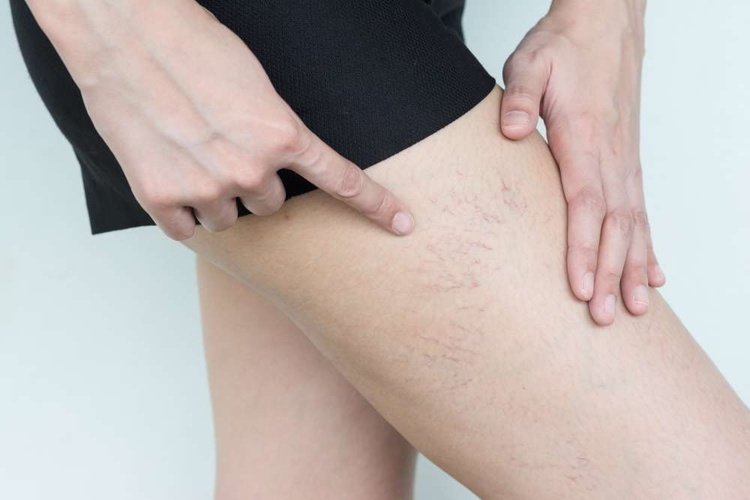Warts: Causes, care, and treatment options
Warts are small growths on the skin caused by certain types of the human papillomavirus (HPV). They are common across all ages and can appear on hands, feet, face, and other parts of the body. Most warts are harmless and may resolve on their own, but they can be persistent, itchy, or cosmetically concerning. Understanding how the virus spreads, when a lesion represents an infection risk, and what treatment choices exist can help you make informed decisions about care for yourself or loved ones. This article explains causes, practical home care, clinical treatments, and how to find local services for wart management while noting safety considerations and follow-up.

This article is for informational purposes only and should not be considered medical advice. Please consult a qualified healthcare professional for personalized guidance and treatment.
What causes warts and how does the virus spread?
Warts are produced when HPV infects cells in the top layer of skin, prompting rapid cell growth that forms the raised or flat lesion commonly called a wart. There are many HPV types; some preferentially cause common warts on the hands, others cause plantar (foot) warts or flat warts. Transmission typically requires direct skin-to-skin contact or contact with contaminated surfaces such as showers or towels. Minor cuts or wet, macerated skin increase susceptibility. Viral persistence varies: the immune system often clears HPV over months to years, but the virus can remain dormant and reappear under certain conditions.
How do warts appear on your skin?
Warts vary by location and appearance. Common warts are rough and raised, often with a cauliflower-like surface; plantar warts on the soles may be flat from pressure and cause discomfort with walking; flat warts are smoother and smaller and often occur in clusters. Filiform warts have threadlike projections and commonly appear on the face. On skin, warts may contain tiny black dots (clotted blood vessels) visible under close inspection. Because several skin conditions can resemble warts, a clinical exam helps confirm the diagnosis, especially when lesions are atypical or located on sensitive areas.
When does a wart become an infection risk?
While a wart itself is caused by a viral infection, complications are usually minor. Warts can spread to other body parts or to other people and can become secondarily infected with bacteria if the skin is broken from picking, shaving, or trauma. Signs of bacterial infection include increasing redness, warmth, swelling, pain, or pus. People with weakened immune systems can experience more extensive or persistent warts. If a lesion changes rapidly, bleeds, is painful, or shows infection signs, seeking evaluation by a healthcare professional is advised rather than continuing home remedies.
What are common wart treatment methods?
Treatment choices range from over-the-counter options to in-clinic procedures. Topical salicylic acid applied regularly softens and peels wart tissue and is a widely used first-line option. Cryotherapy (freezing with liquid nitrogen) performed by clinicians removes wart tissue via cold injury; similar effects are available in lower-strength OTC freezing kits. Other clinical options include chemical peels, laser therapy, minor excision, and immune-modulating treatments for stubborn cases. Some therapies are more appropriate for specific wart types or locations. Many warts regress without treatment, but treatment can shorten duration, reduce spread, and relieve symptoms. Discuss risks, benefits, and scarring potential with a provider.
Where to find local wart treatment services and follow-up care
For persistent, recurrent, painful, or cosmetically sensitive warts, seek care from primary care clinicians, dermatologists, podiatrists (for plantar warts), or local clinics that offer skin treatments. These providers can confirm the diagnosis, offer procedural treatments, and advise on home care and prevention. When choosing local services, consider provider experience with wart management, available treatments, and follow-up policies for recurrence. Follow-up care commonly includes repeated treatments at intervals, wound care instructions, and guidance on preventing spread to household contacts. Keep treatment records and monitor for changes.
Wart prevention and practical home care tips include avoiding picking at lesions, covering warts with a bandage when in contact with others, using separate towels, and protecting feet in public showers with sandals. For genital warts, HPV vaccination is recommended in appropriate age groups to protect against certain HPV types that cause genital warts and related disease; discuss vaccination and sexual health with your healthcare provider.
Conclusion
Warts are common, usually benign skin growths caused by HPV that often resolve over time but can be persistent or spread. A range of home and clinical treatment options exists, each with advantages and limitations depending on wart type, location, and patient factors. When lesions are painful, change, show signs of secondary infection, or cause significant concern, professional assessment helps match the safest and most effective approach. Regular follow-up and preventive measures can reduce recurrence and transmission.






